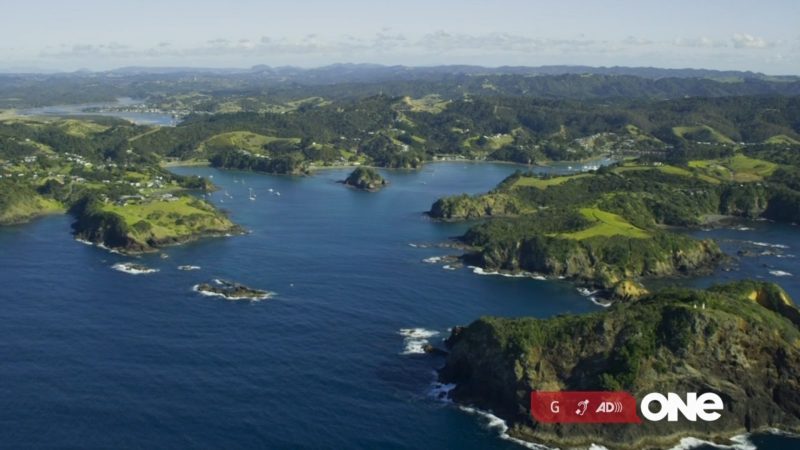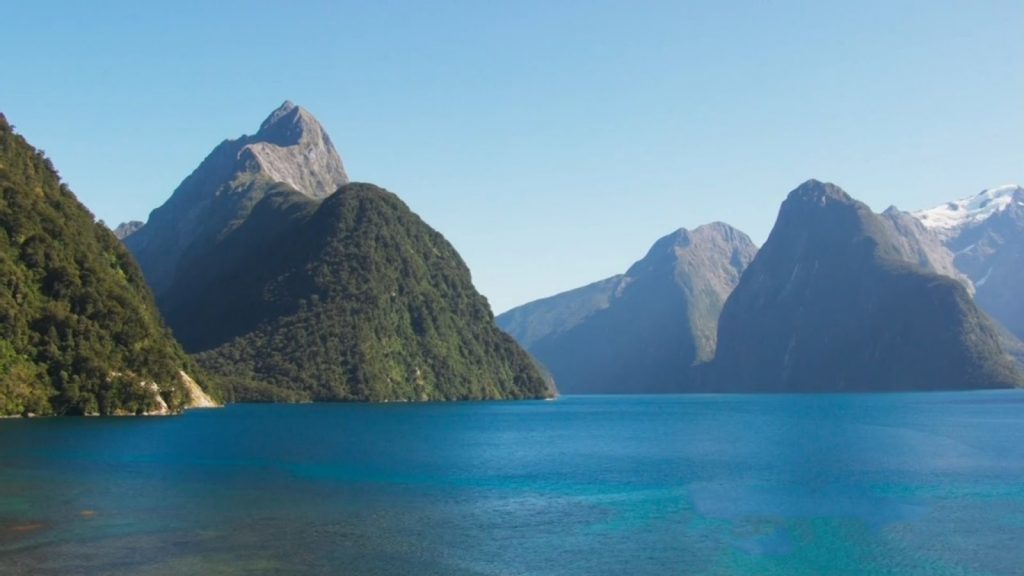The Ganges episode 2: In this second episode, Sue is halfway down the Ganges in the ancient city of Varanasi, a place which, for India’s 950 million Hindus, has a unique significance. Sue immerses herself into the complex life of Varanasi, where the power of the Ganges is at its greatest and where life and death exist side by side. But she also discovers that it is here that the river faces its biggest challenges.
Alternative stream
In this intricate human habitat, Sue explores the lives of its people and sets out to understand more about the city’s place in Hindu death rituals. She visits Varanasi’s so-called death hotels, walks the lanes of the old city, encountering dead bodies being rushed past on their way to the cremation grounds, and on the steps of Varanasi’s bathing ghats meets an Aghori monk going about his daily business – cleansing his soul in the Ganges river and rubbing the ashes of dead bodies over himself.
Sue quickly discovers the contradictions that lie at the city’s heart. On the one hand, it is seen by millions as the spiritual centre of India, yet on the other, it contains some of the most polluted stretches of river in the entire world. But for many devout Hindus, the physical condition of the water is separate from the spiritual power it holds. Sue meets Professor Mishra, who is uniquely qualified to help her understand the paradox that lies at the heart of the great river.
Sue makes her final stop at the Manikarnika Ghat, Varanasi’s most prestigious funeral pyre, where bodies are burned on open fires so their souls can be released into a different realm. Sue Perkins goes on an extraordinary journey, spanning over 1,500 miles, from the source of the Ganges high in the Himalayas to the Bay of Bengal. She travels through some of the most extraordinary, chaotic and exciting places on earth, exploring the lives and landscapes of modern India at this crucial point in its history.
The Ganges episode 2
The Ganges is a trans-boundary river of Asia which flows through India and Bangladesh. The 2,525 km (1,569 mi) river rises in the western Himalayas in the Indian state of Uttarakhand. It flows south and east through the Gangetic plain of North India, receiving the right-bank tributary, the Yamuna, which also rises in the western Indian Himalayas, and several left-bank tributaries from Nepal that account for the bulk of its flow. In West Bengal state, India, a feeder canal taking off from its right bank diverts 50% of its flow southwards, artificially connecting it to the Hooghly river. The Ganges continues into Bangladesh, its name changing to the Padma. It is then joined by the Jamuna, the lower stream of the Brahmaputra, and eventually the Meghna, forming the major estuary of the Ganges Delta, and emptying into the Bay of Bengal. The Ganges-Brahmaputra-Meghna system is the third largest river on earth by discharge.
The main stem of the Ganges begins at the town of Devprayag, at the confluence of the Alaknanda, which is the source stream in hydrology on account of its greater length, and the Bhagirathi, which is considered the source stream in Hindu mythology.
The Ganges is a lifeline to millions of people who live in its basin and depend on it for their daily needs. It has been important historically, with many former provincial or imperial capitals such as Pataliputra, Kannauj, Kara, Munger, Kashi, Patna, Hajipur, Delhi, Bhagalpur, Murshidabad, Baharampur, Kampilya, and Kolkata located on its banks or the banks of tributaries and connected waterways. The river is home to approximately 140 species of fish, 90 species of amphibians, and also reptiles and mammals, including critically endangered species such as the gharial and South Asian river dolphin. The Ganges is the most sacred river to Hindus. It is worshipped as the goddess Ganga in Hinduism.




